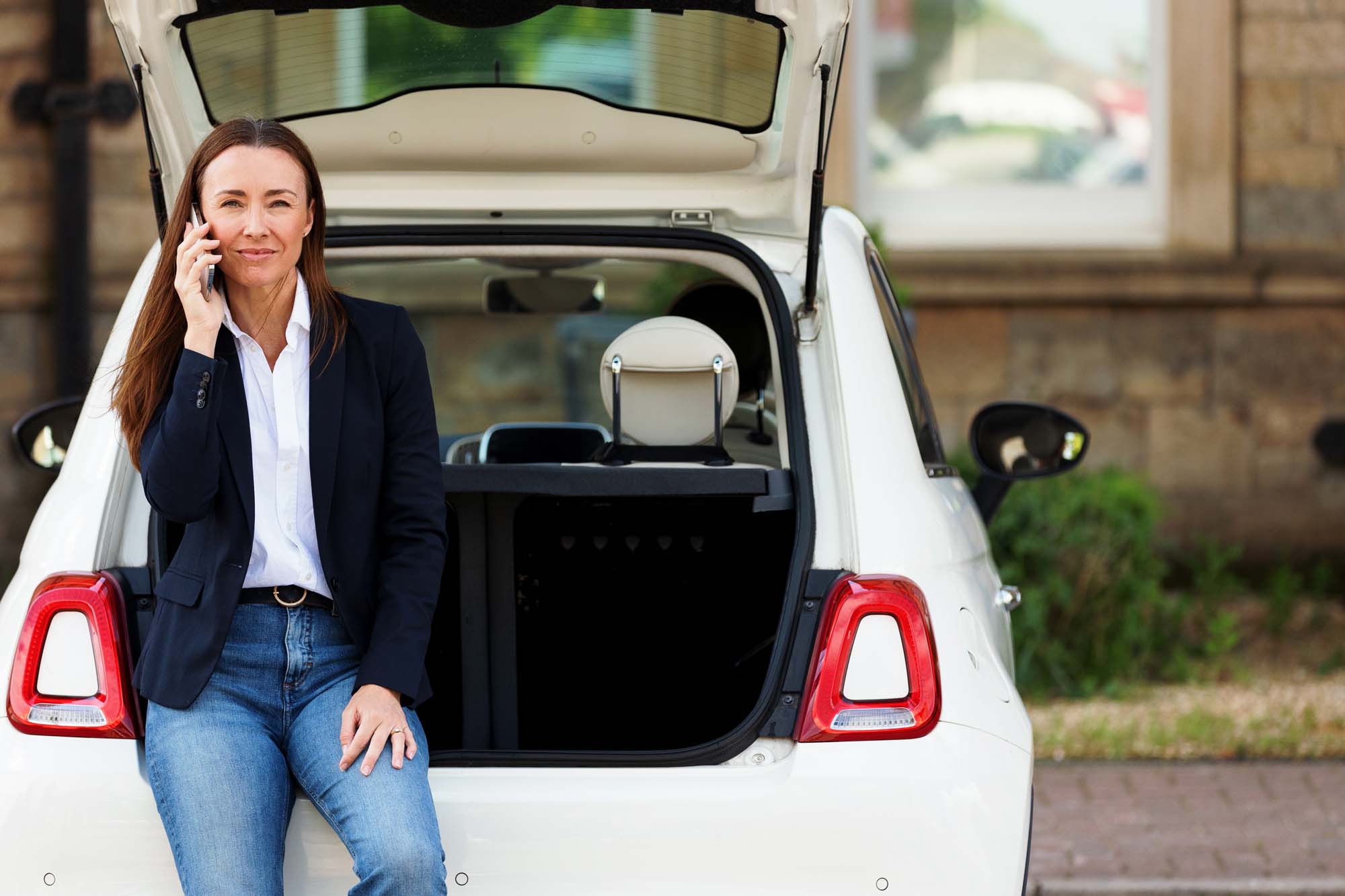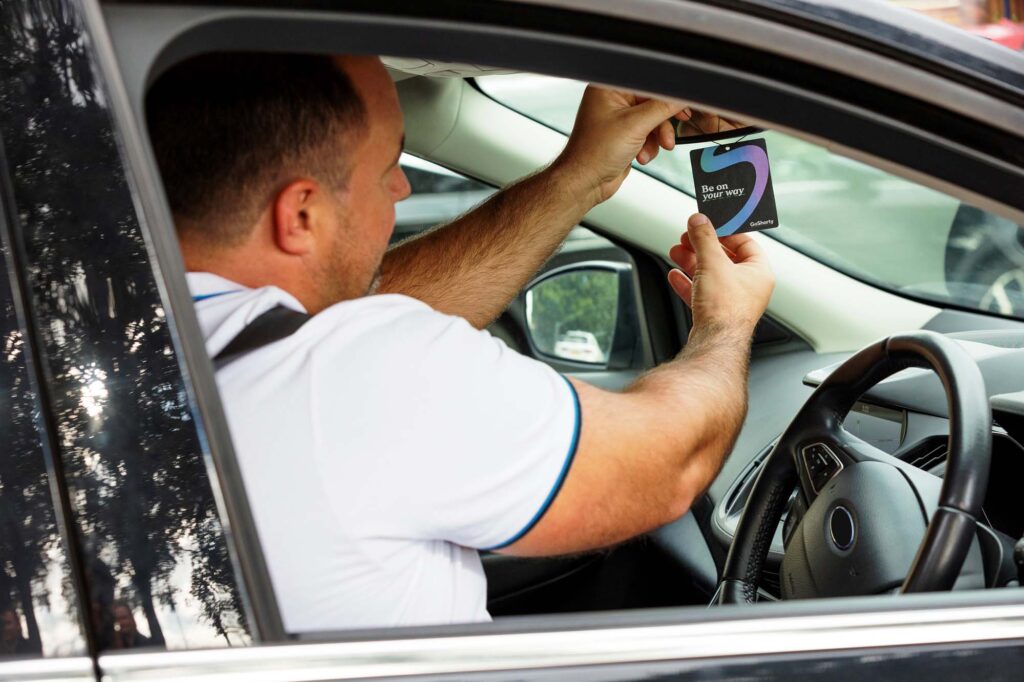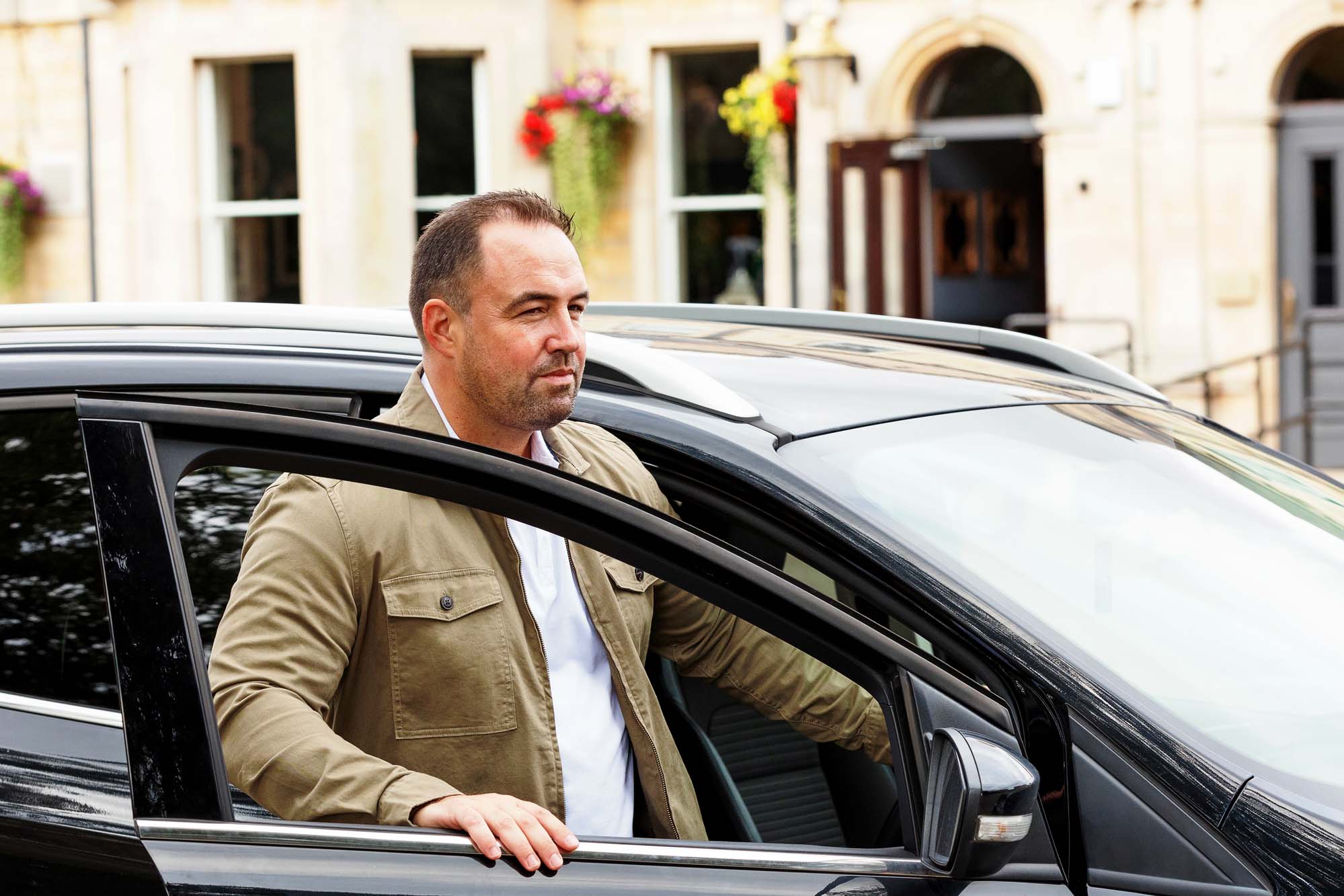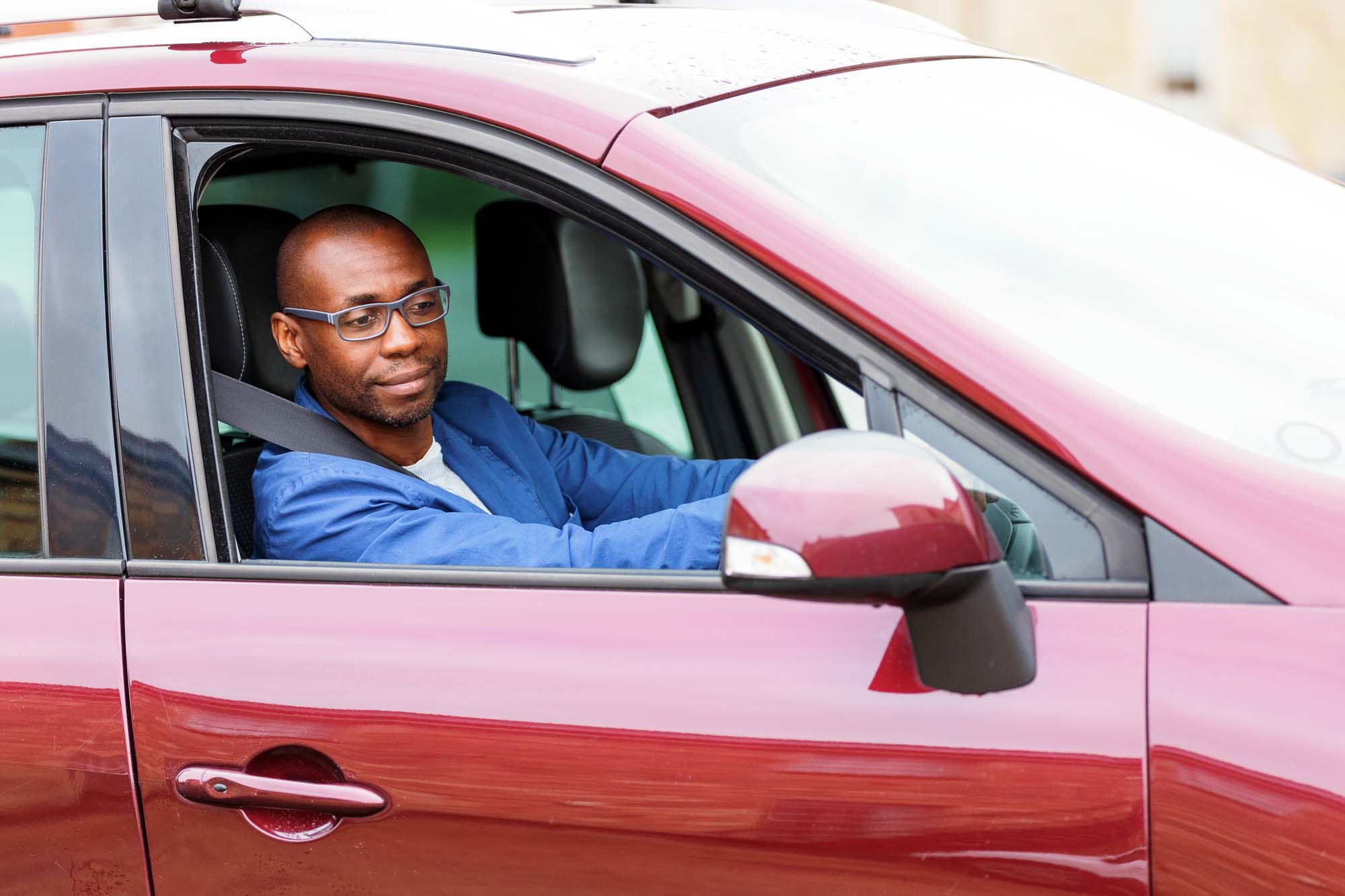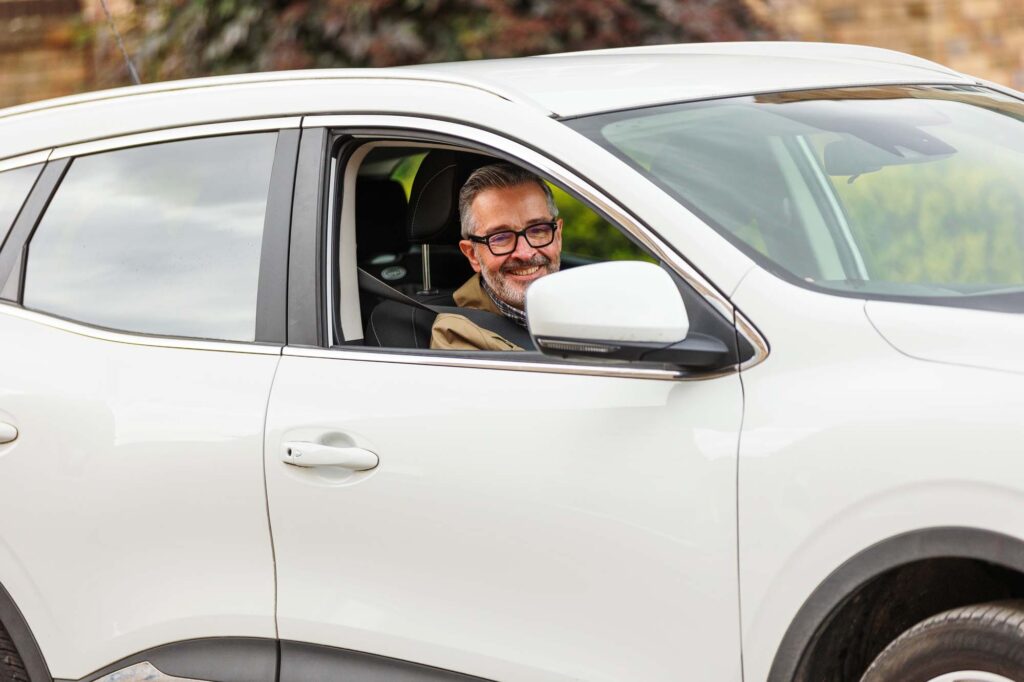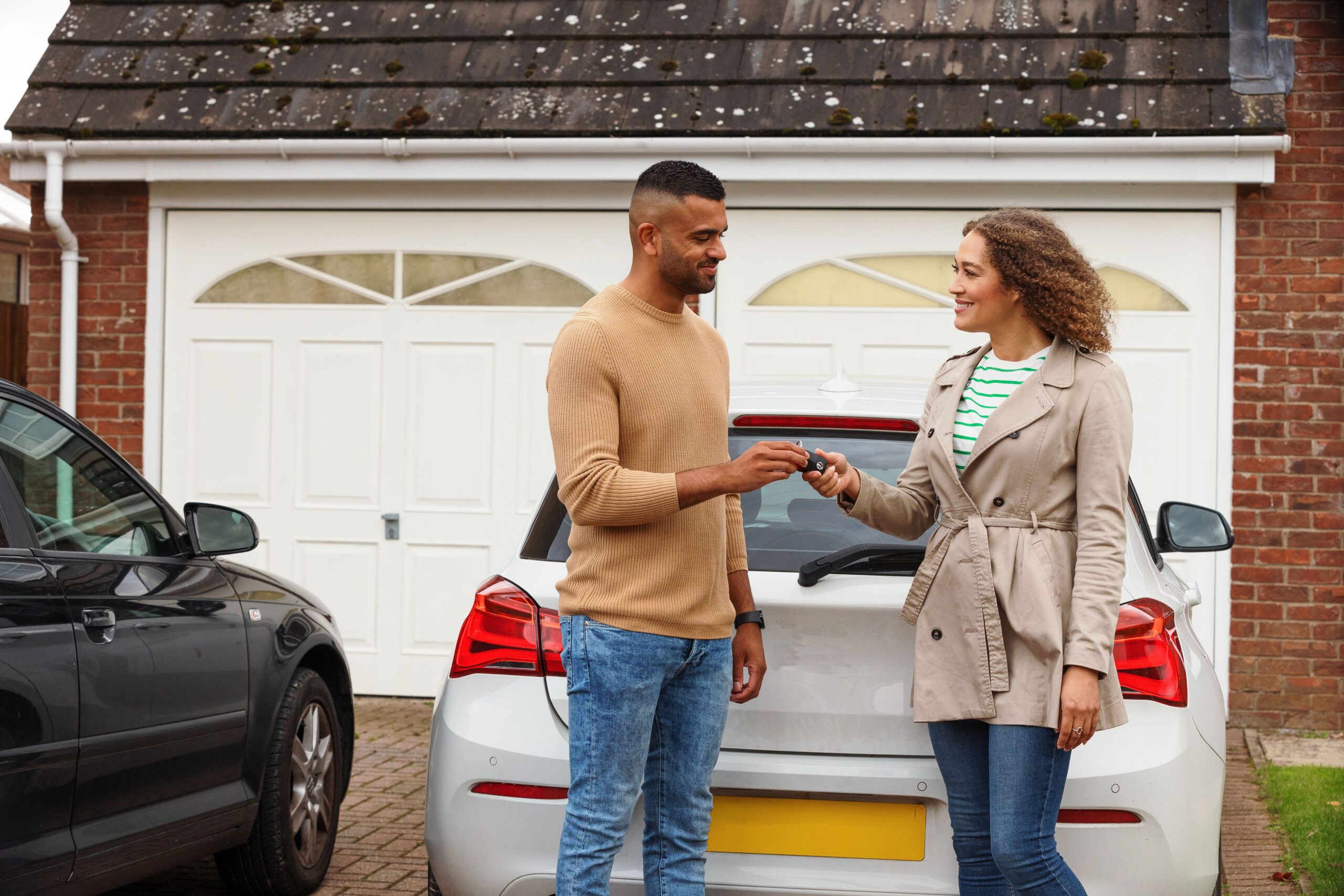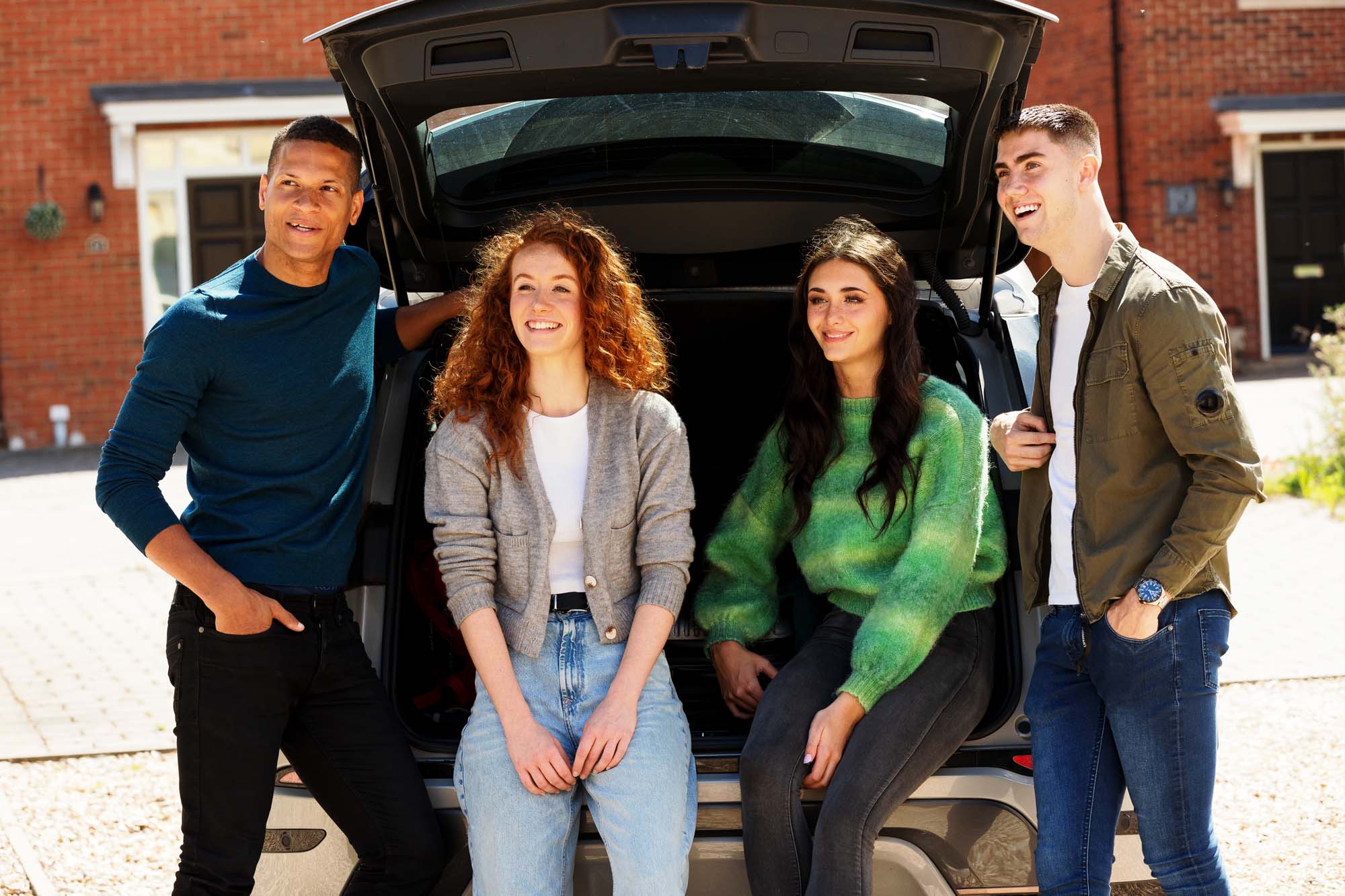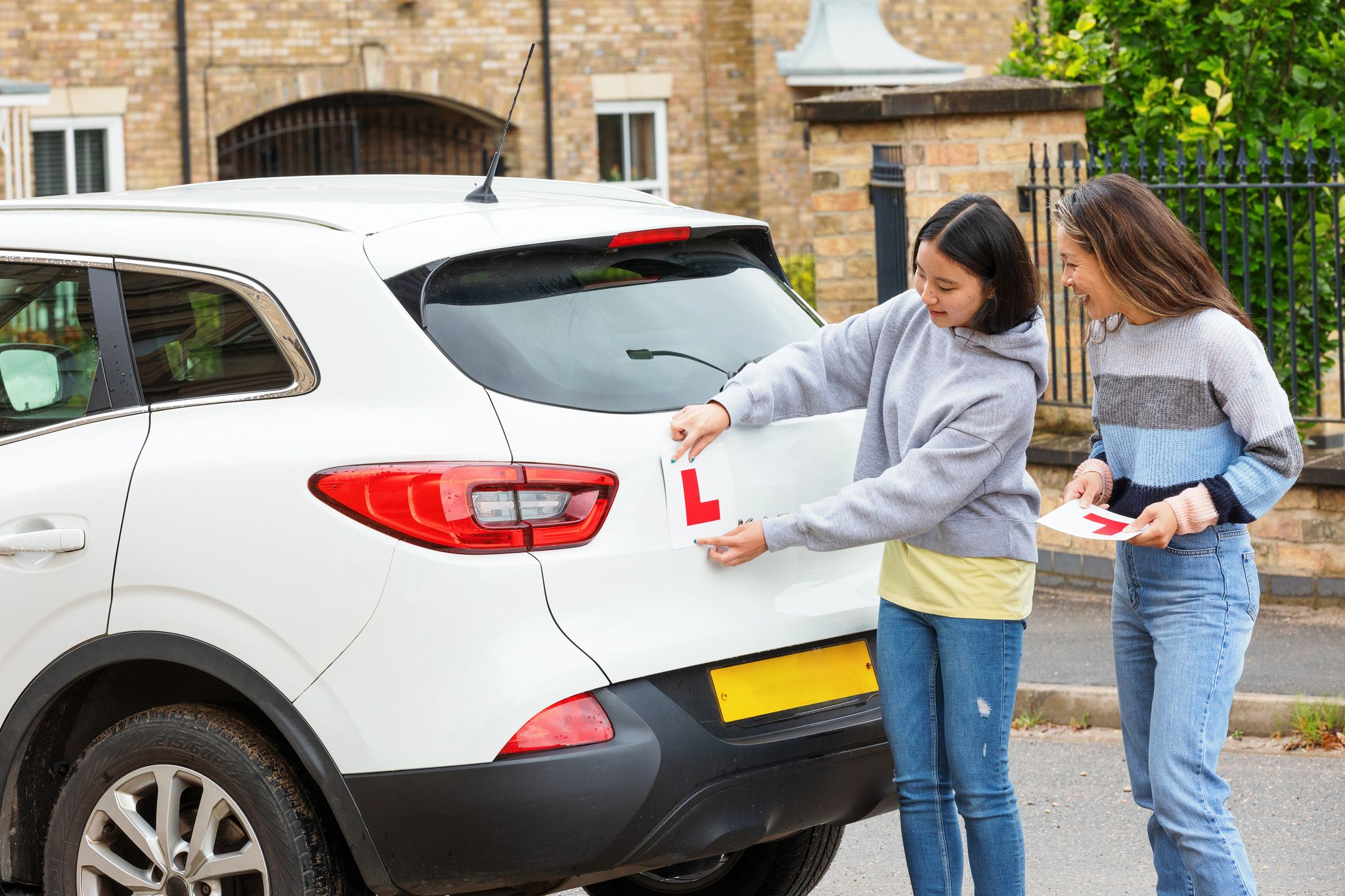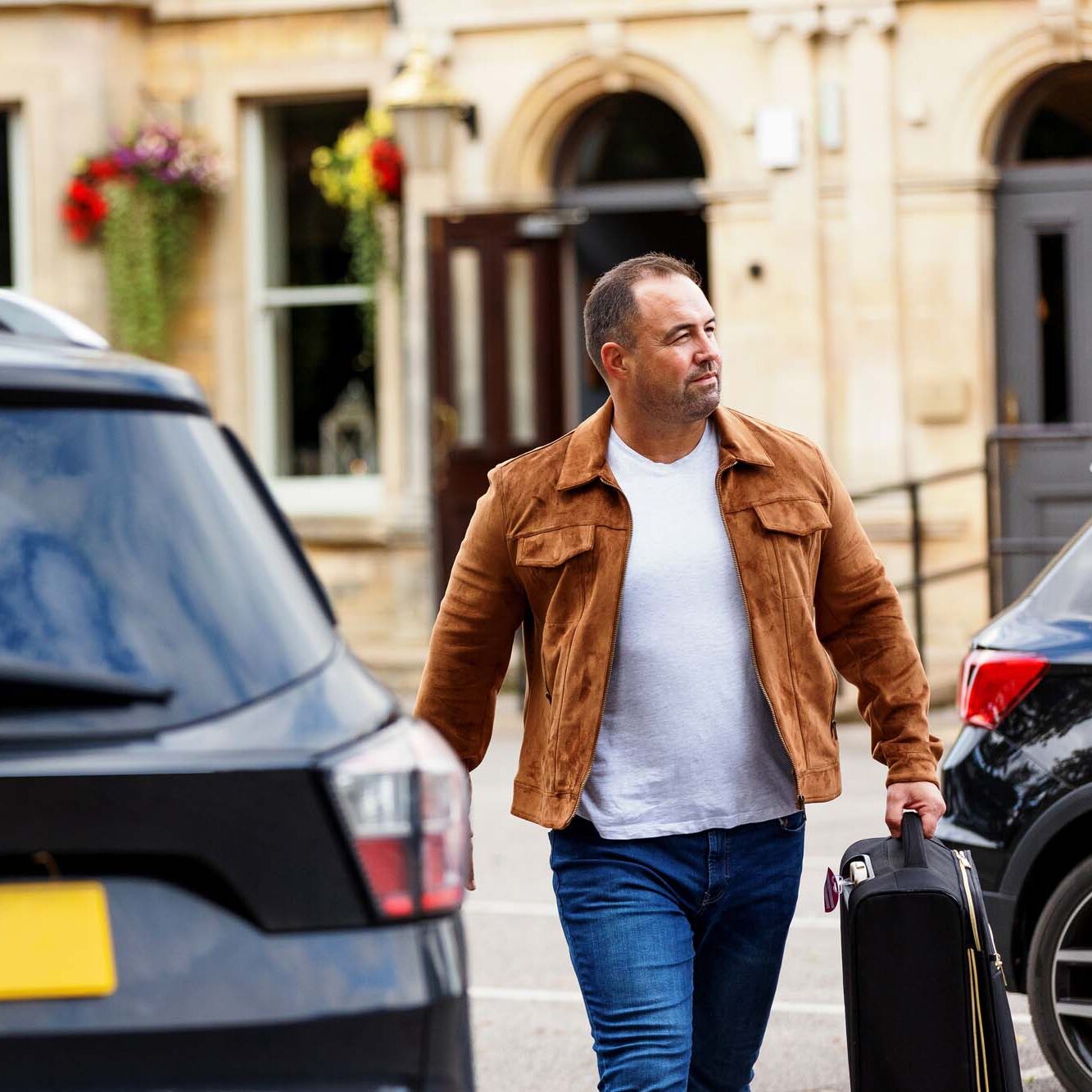Keeping Your Car Safe Over the Festive Period
Comments Off on Keeping Your Car Safe Over the Festive PeriodAs the festive season gears up, spreading cheer and merriment, it’s crucial not to overlook a potential Grinch in the holiday mix — we’re of course talking about, vehicle theft.
Law enforcement, especially in the bustling world of delivery drivers, have raised concerns about an uptick in car thefts during the winter months and especially during Christmas. In this guide, we’re diving into practical tips and insights to help shield your car or van from festive vehicle thieves, and even more common these days, car parts thieves.
So, buckle up as we explore the recent statistics, shedding light on the scale of the issue and the need for proactive measures. This guide to keeping your car safe over the festive period aims to arm you with the knowledge and strategies required to ensure you have a worry-free holiday season, because sadly just having one of our reliable temporary car policies or courier insurance policies isn’t enough to stop a thief.
Why You Need to Be Extra Careful Over Christmas.
Amid the holiday hustle and bustle, with streets alive and roadsides crowded, opportunistic thieves find the perfect backdrop for their misdeeds. Delivery drivers navigating tight schedules face increased vulnerability, often leaving their vehicles momentarily unattended during drop-offs. South Yorkshire Police’s recent warning about the surge in vehicle thefts, especially affecting delivery drivers, underscores the need for extra vigilance during this period.
As the darker nights roll in, this leads to an increase in the number of vehicles being stolen. November is statistically the hottest month for thefts and Fiesta owners beware, your cars are the most stolen across the whole of the UK! It’s important to be aware that just because you have your keys on you, it doesn’t mean your car cannot be stolen; in fact, the majority of vehicle thefts today are carried out without obtaining a key (It’s estimated that nine in 10 of all cars that were stolen and recovered in 2022 were taken without having obtained the keys).
Yorkshire is historically a hotspot being the highest vehicle-to-theft ratio in the country ahead of London. So if you’re a Fiesta owner in Yorkshire take note. In contrast, Dyfed-Powys in Wales had the lowest theft rate in the UK and in England Gloucester and Cumbria appear the safest.

How to Prevent Car Theft
As the holiday season kicks into high gear, ensuring the safety of your vehicle becomes paramount. Adopting effective measures to safeguard your car from potential theft means you can enjoy the festivities with your family, stress and worry-free. The following proactive steps offer a thorough approach to fortifying your vehicle during the festive hustle, providing peace of mind as you navigate through crowded streets and busy parking lots.
- When at home, ensure your keys are not visible or accessible from the outside, avoiding potential theft
- Install at-home smart doorbells or a CCTV system
- If your vehicle utilises a keyless car entry system, safeguard both sets of keys by storing them in a metal tin or Faraday pouch to thwart relay attack technology
- Utilise crook locks and wheel clamps
- Steer clear of leaving keys in the vehicle’s ignition, even for a brief moment when de-icing or stepping away from the vehicle
- Always lock and secure your vehicle
- Avoid leaving valuables or technology items, such as satnavs or mobile phones, visible inside the car
- Refrain from leaving important car documents or spare keys inside the vehicle, as this facilitates theft and resale
- Opt for parking in busy, well-lit, and attended car parks equipped with CCTV cameras for enhanced security
- If you have a garage, utilise it to park your car, providing an extra level of protection
- Enhance your vehicle’s security by considering the installation of a tracking device, assisting law enforcement in recovering your vehicle if it falls victim to theft
We really did save the best till last. Vehicles with trackers have a shocking stolen vehicle recovery rate of more than 95%, with 80% of those stolen vehicles recovered within 24 hours, thanks to its nationwide partnership with the UK’s police.

Why Having Fully Comp Insurance is So Important
With Britain finding itself in the middle of a cost-of-living crisis and drivers looking to save money in any way they can, the appeal of third-party coverage might seem like an easy cash save. Unfortunately, if you opt for Third-Party coverage you’re not insured for your vehicle in the event of a theft. We offer fully comprehensive insurance terms and you can insure your vehicle at the click of a button. This means you’re covered in the case of car theft.
If you have the misfortune of having your car stolen, you should immediately contact the police to file a report. Remember to ask for the crime reference number, as you’ll need this to begin a claim with your insurer
As the festive curtain rises, ensure your vehicle’s safety takes centre stage by incorporating these actionable tips. By grasping the scale of the issue through relevant statistics, you can proactively shield your car from potential theft and vandalism. Whether you’re a delivery pro or a holiday shopper, the key lies in vigilance, strategic planning, and, when needed, investing in the right insurance coverage. Let this guide empower you to navigate the festive frenzy with peace of mind, ensuring your car is a fortress against potential threats.
‘Tis the season to be jolly, not jittery! Embrace the festive cheer without fretting over car theft. Picture it: Your ride, safely parked and guarded by trusty crook locks and wheel clamps, giving you the gift of worry-free celebrations. Smart doorbells and vehicle tracking join the party, keeping a vigilant eye on your vehicle. And, for that extra dash of reassurance, you’ve got fully comprehensive coverage from GoShorty acting as your festive guardian angel.
With these expert tips, you can revel in the joyous chaos of the season, knowing your car is wrapped up safely, allowing you to sleigh the holiday stress-free.


